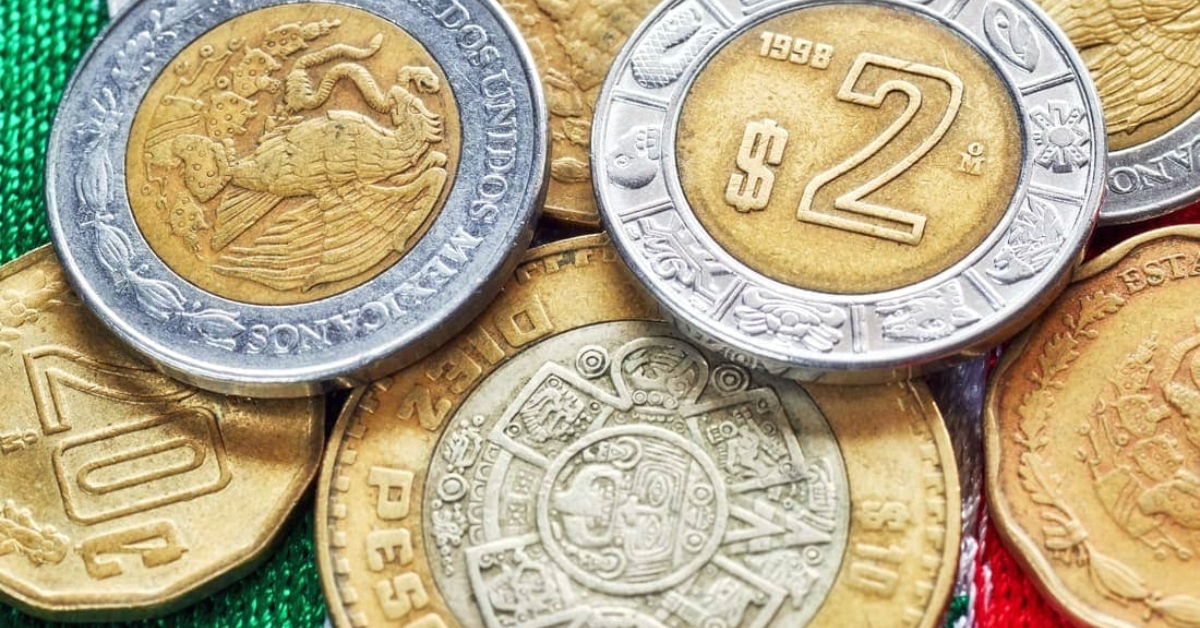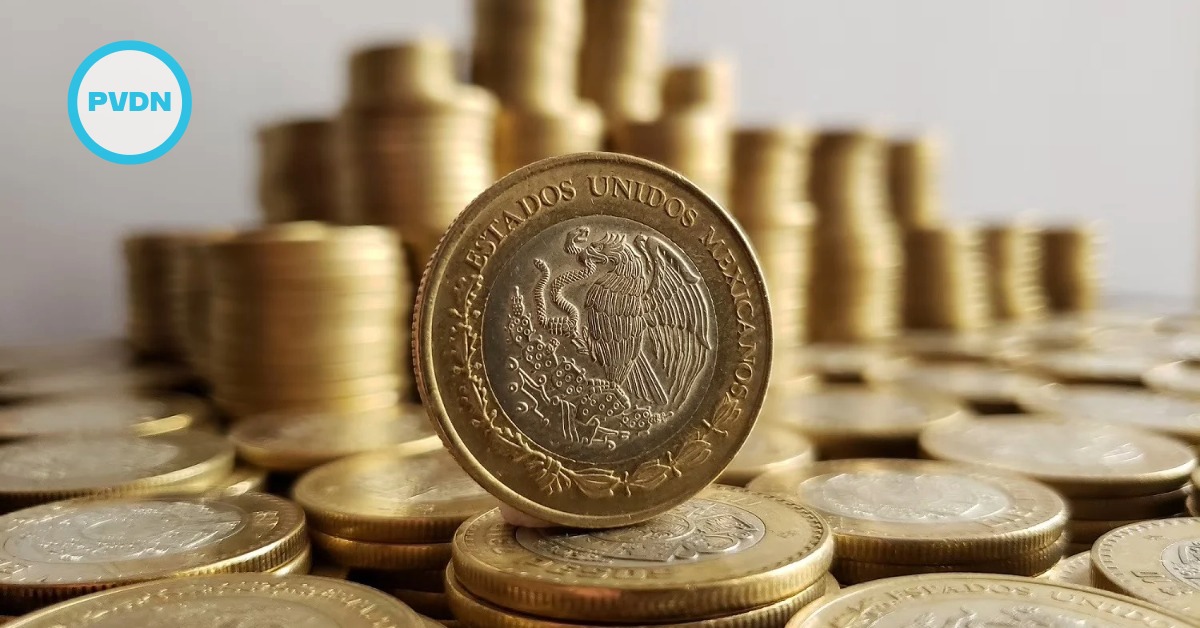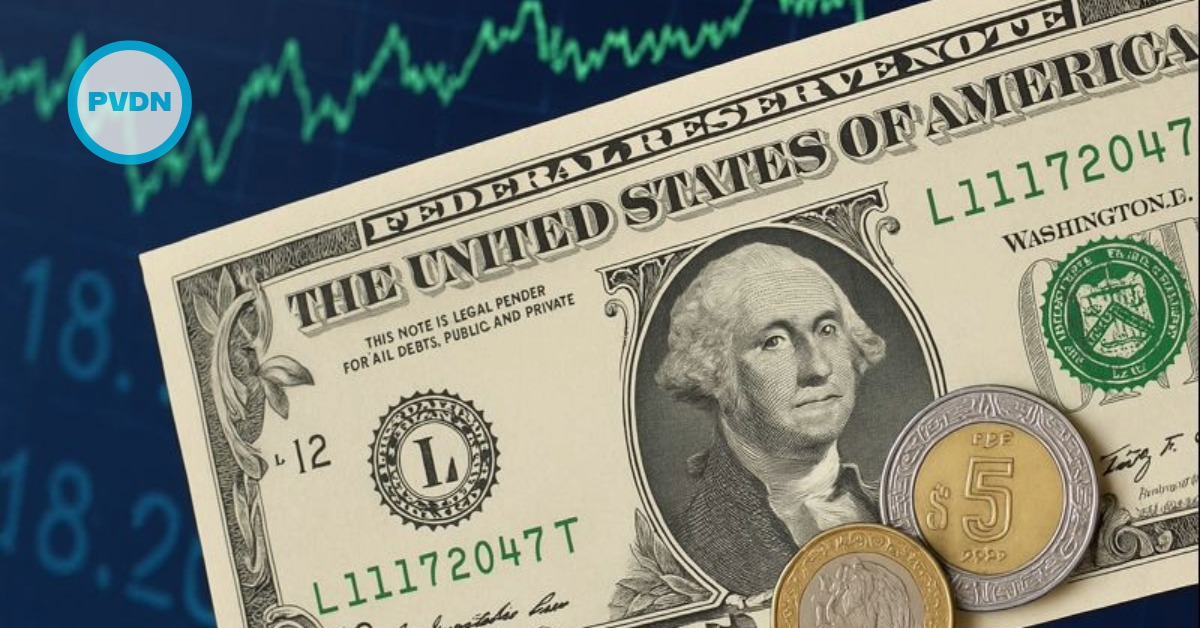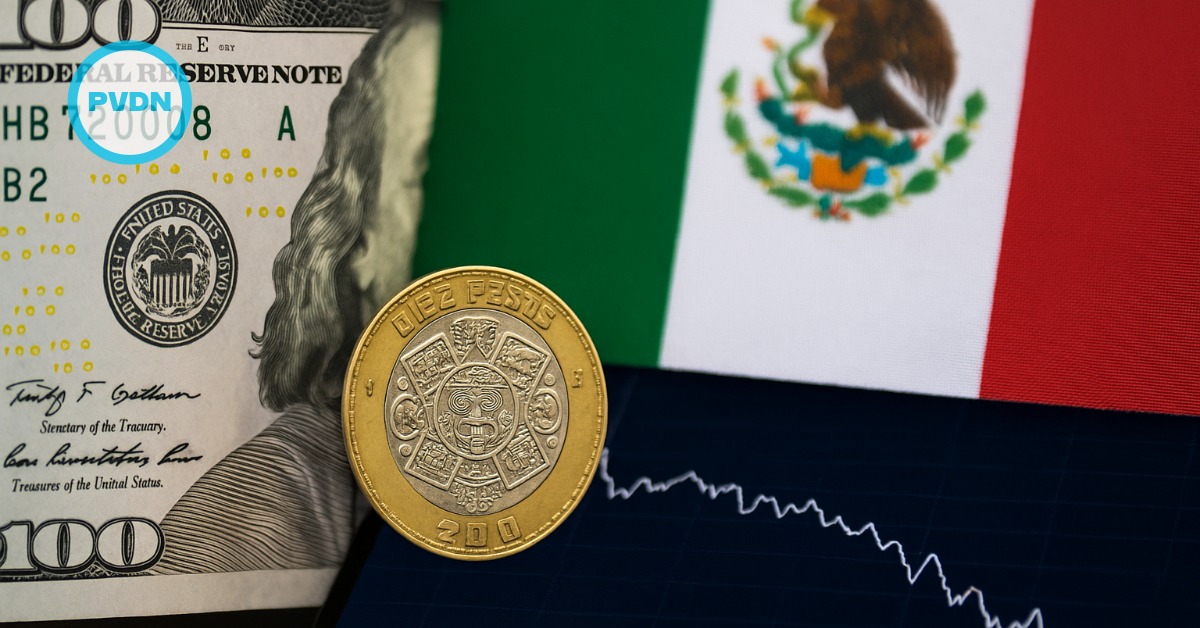The Mexican peso experienced a depreciation against the U.S. dollar early Tuesday, marking its second consecutive session in decline. The currency's dip is largely attributed to investor anticipation of upcoming inflation reports from both Mexico and the United States, which are expected to influence monetary policy decisions in the near term.







